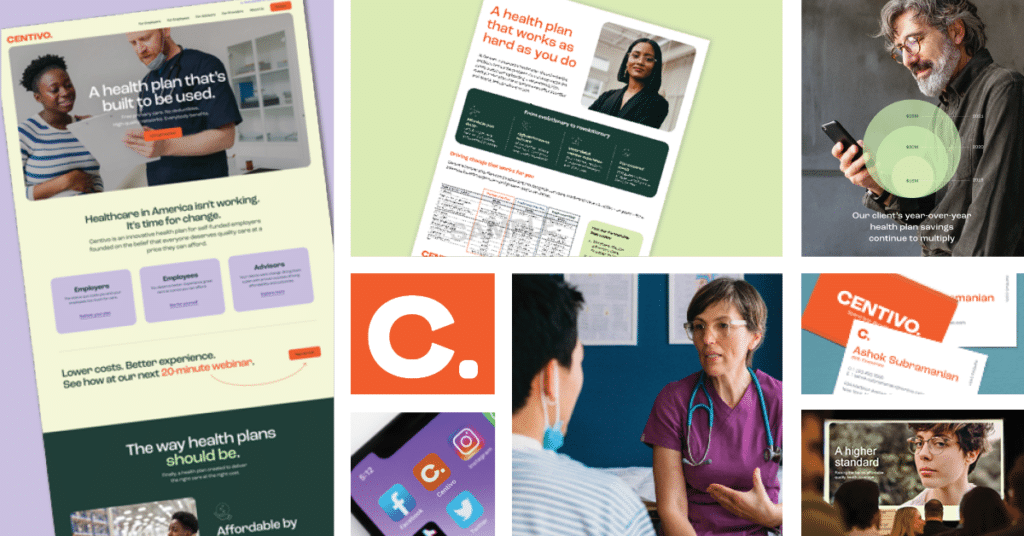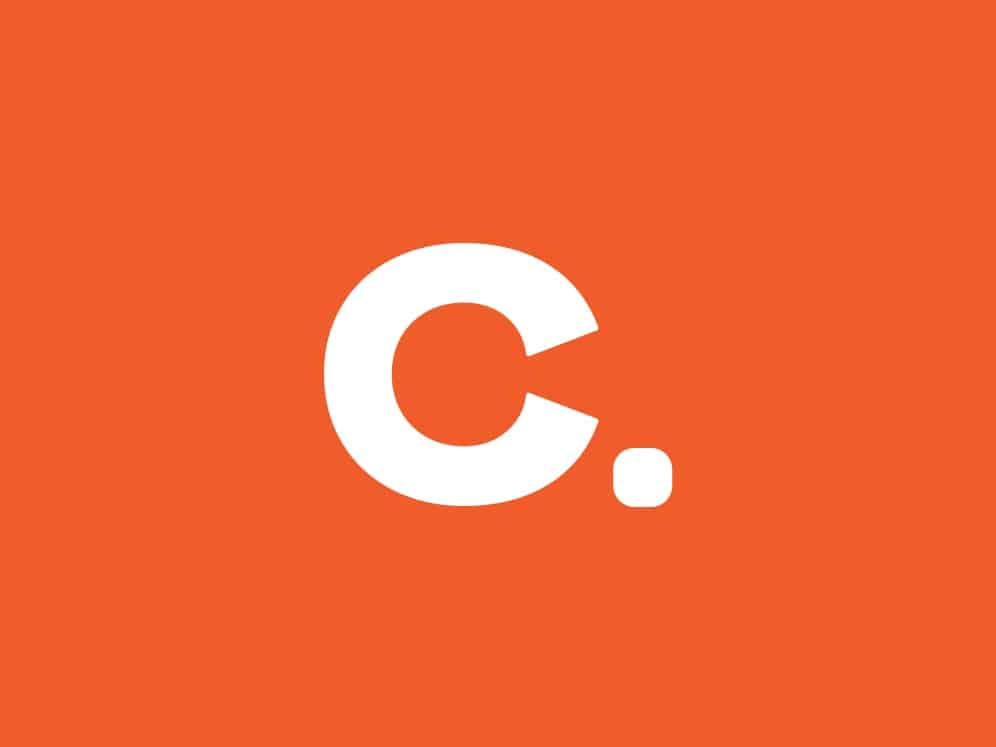Benefits brokers can do self-funded employers a tremendous service by understanding who their employees are – and how they see the world.
Benefits brokers who focus exclusively on the health plan needs of a self-funded employer’s management team are missing a massive opportunity to truly serve their clients.
This focus is not solely on a broker’s customers, but those customers’ customers – their employees. Too often decision makers that influence health plan offerings don’t understand who their employees are, what they want and need in a health plan, and how better addressing those desires can reduce healthcare costs for everyone.
Here’s where savvy benefits brokers step forward. By better understanding employees, brokers can better design plans to move their clients closer to the ultimate goal: affordable quality healthcare for all of their workforce.
The broker who learns, wins
Employees are anything but monolithic in their approach to health care coverage. Priorities vary across demographics. In fact, the topic would make a great subject for a conjoint analysis. In the meantime, let’s look at the three main areas that go into employees’ health plan selection – choice, cost, and brand.
CHOICE
Provider inclusion: Which primary care doctors, specialists, and facilities are part of the plan? The spectrum here ranges from 1) no concern about which providers are included, 2) Some concern but alleviated by at least a good number of providers known to the employee are “on a list,” and 3) extreme concern about the exclusion of even one provider the employee wants.
Flexibility: Closely tied to provider choice is the degree of restrictions, or the lack thereof, built into a given offering. And again, the spectrum of employee concern ranges from no concern at all, to willing to have some restrictions in place if the trade-off is right, to requiring no restrictions, period.
COST
Richness of benefits and cost-sharing: The first part of the Cost decision when selecting a plan is the level of health benefits of a given plan (e.g., rich, less rich, least rich) and the degree to which this translates to the amount of cost-sharing between the employee and the plan. This is where design features like deductibles, coinsurance and out-of-pocket maximums come into play. At one end of the spectrum, employees want the lowest possible total cost, and have no interest in detail. At the other end, the priority is the richness of the plan, regardless of cost. And those in the middle are usually price sensitive, and they carefully consider what they really need from a health plan against what they can afford.
Contributions (paycheck deductions): This element is laser-focused on the fixed cost element of health plans – the premium paycheck deduction. At one extreme, employees pick the plan they want regardless of cost, then come those who balance a manageable paycheck deduction and perhaps a “middle ground” deductible, to those who want the absolute lowest premium possible, even with the risk that a high deductible and/or coinsurance might present.
While some employees will focus almost exclusively on just one of these two cost factors, we find that most combine both to come up with some type of “total cost I can afford” calculation that is directly tied to income and cash flow.
BRAND
This area represents one thing – the logo on the ID card. For some employees, a plan’s brand name doesn’t matter, they just want coverage. Others consider plans offered by only well-known brands but will be open to switching among this subset. And some will lock on to their preferred brand and not even consider other options.
Successful brokers need to recognize the dynamics at play and gain a sense of what the client’s employees value most. What are their must-haves? What are they willing to trade-off? The better you pair options to employees’ top priorities, the more effective are the solutions you recommend. And the trade-off part is the key for brokers if they really want to help their clients. What trade-offs will employees make and still feel they are getting a valuable health plan benefit?
For a great example of differing preferences among employees, consider them by age group. According to Forbes.com, you’ll find that Gen Xers (b. 1965-1980) and Baby Boomers (b. 1946-1964) take a more traditional approach to health care plans. Most of the decision makers that brokers advise likely belong to one of these groups.
And then you have Millennials (b. 1981-1996) and the Gen Zers (b. 1997- to early-to-mid 2000s). Focus on Millennials, those currently age 29 to 40. They are about 35% of the US workforce, and according to the US Bureau of Labor Statistics, their presence is expected to increase by nearly 4.5 million by 2029. As noted in Forbes, about 55% of Millennials focus on cost when selecting health insurance. Most would switch plans if it saved money.
This same kind of analysis can and should be done around key healthcare factors such as socioeconomic status, location, and household income.
What most employees want from their healthcare plan may be very different from what older, better paid decision makers may think. In other words, your buyer probably doesn’t reflect the majority of plan users.
Understanding dynamics like these is incredibly important because at any one time, about 10% of broker-related client business is in play. Brokers who don’t adapt to the shifting landscape will lose business to those who do.
Offer real choices, real solutions, real action
It’s not enough to understand what’s involved in a more employee-centric approach to healthcare coverage. It’s just as important to understand what a shift in approach is not: It is not an all-or-nothing proposal. And it is not as disruptive as some might think.
The best brokers align themselves with industry experts that have the data and solutions to navigate the shifting terrain to reach the higher ground – plan options that employees truly want and can afford. And the best brokers relay those choices to employers’ decision makers, who in turn give their employees a substantive choice of high quality, affordable plans.
The key message to employers is simple: You can’t go wrong with offering employees a range of choices. Some will want a broad selection of doctors and be willing to pay for that. Others will value affordability over flexibility. You can offer all these things and make your employees truly appreciate the value of their health plan benefit.
Here at Centivo, we can help employers offer a true choice versus traditional health plans. Our Partnership Plan is centered on high-value providers with no deductibles or co-insurance, free primary care, and an easy-to-understand copay schedule. Please reach out to us if want to learn more.

